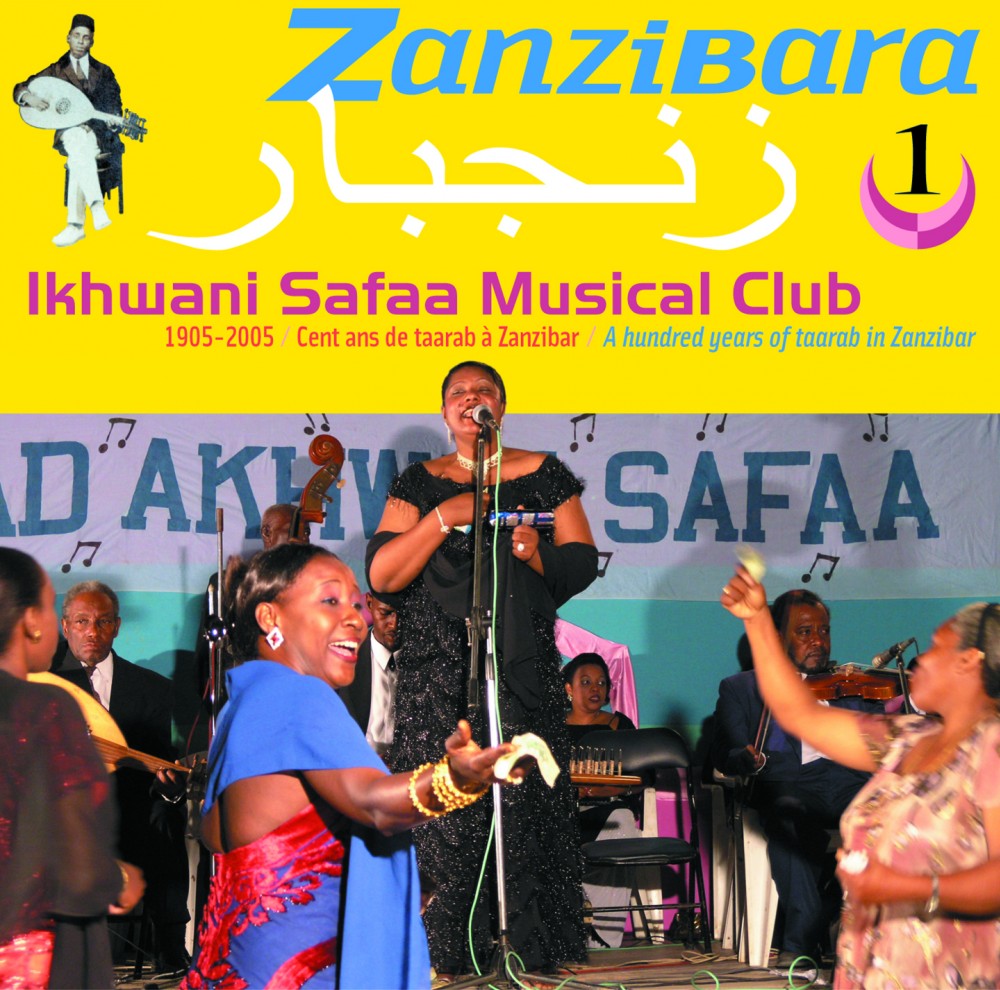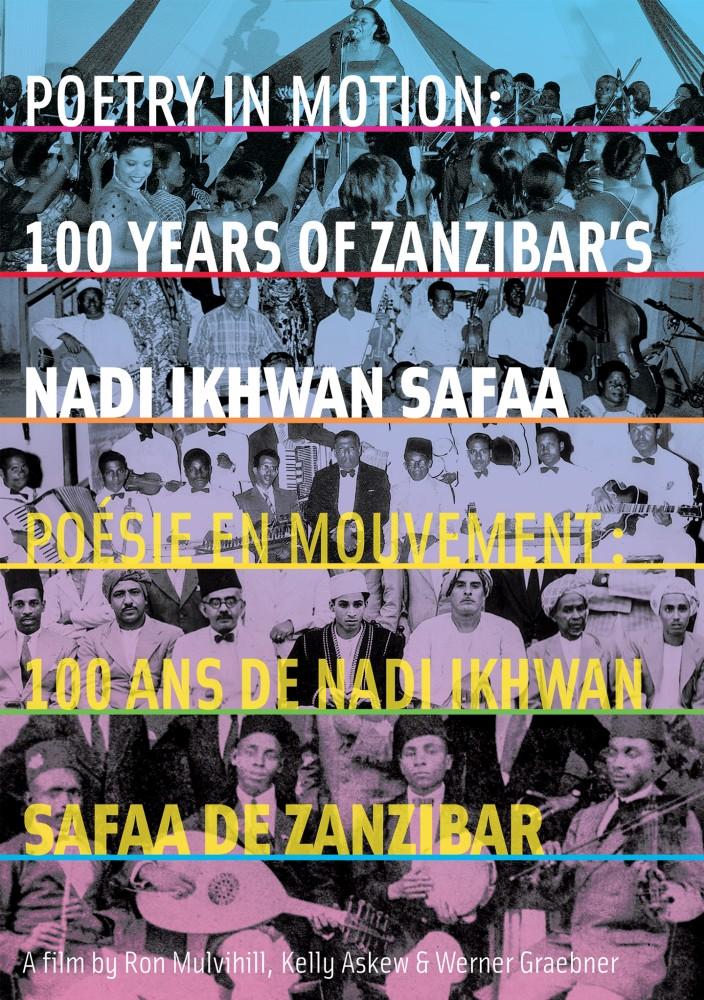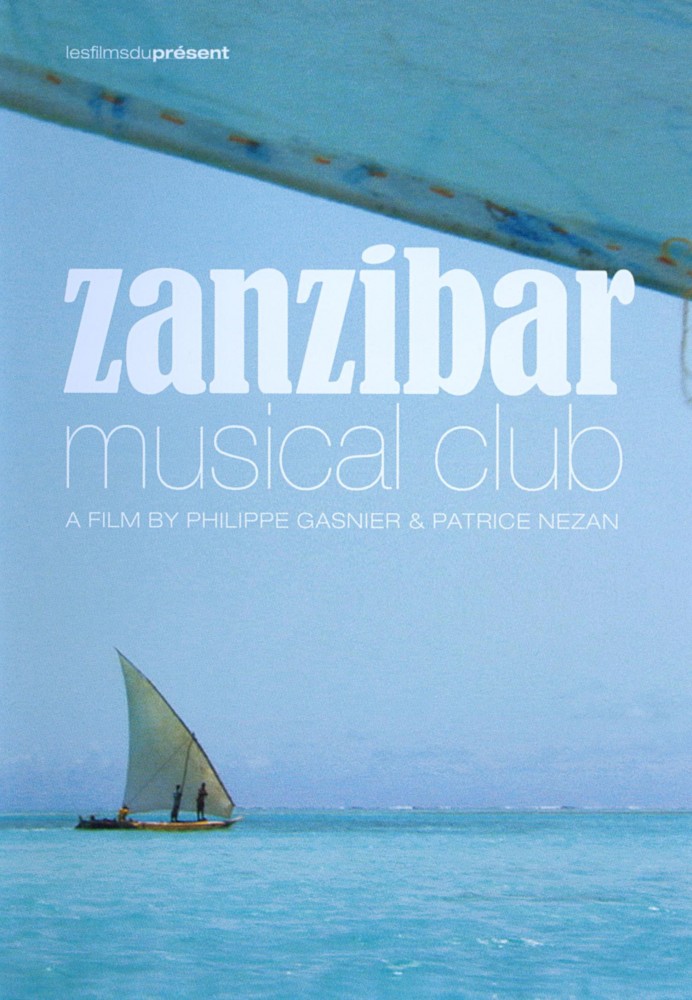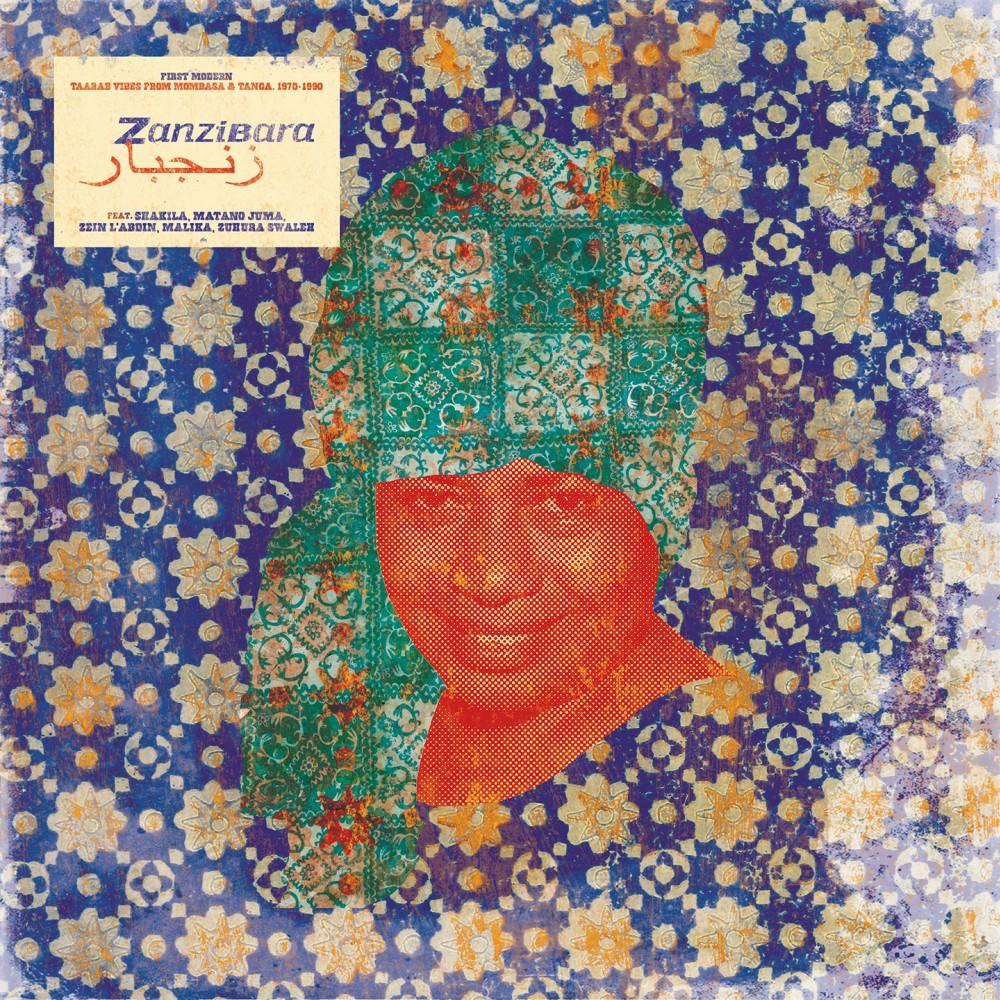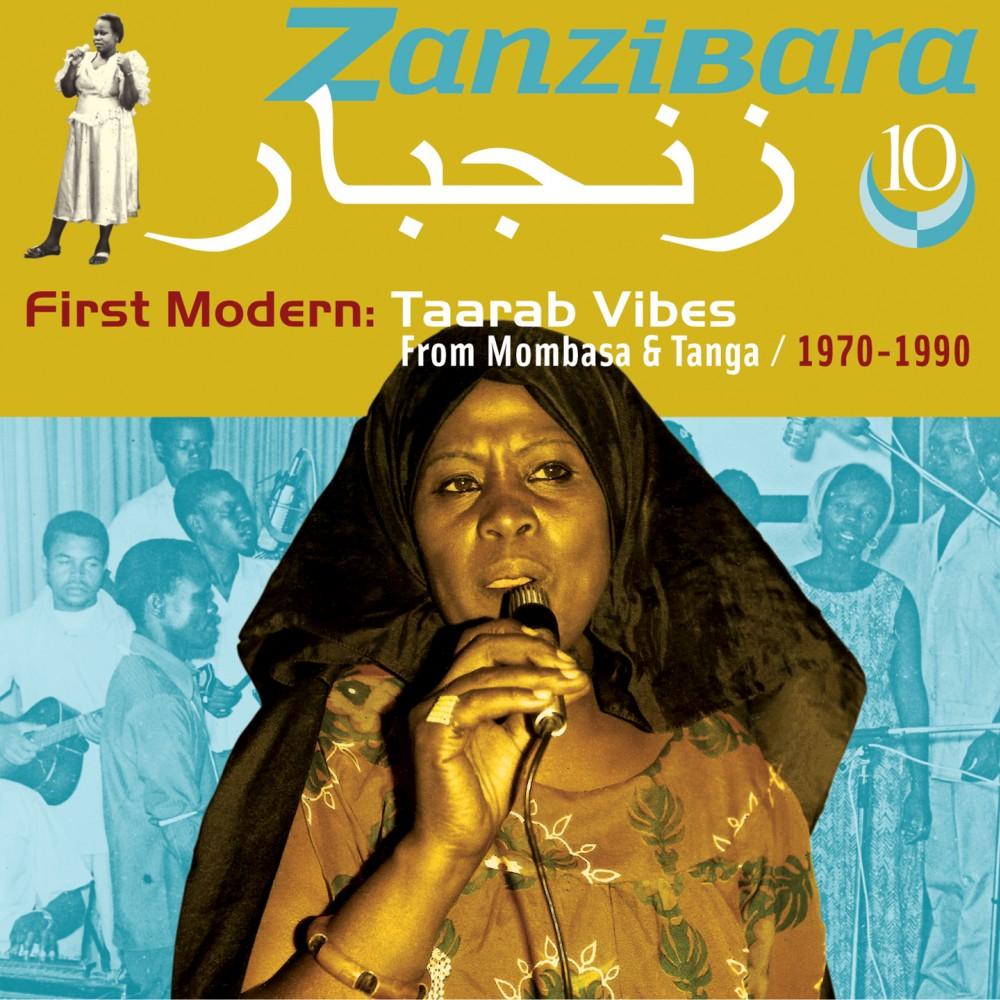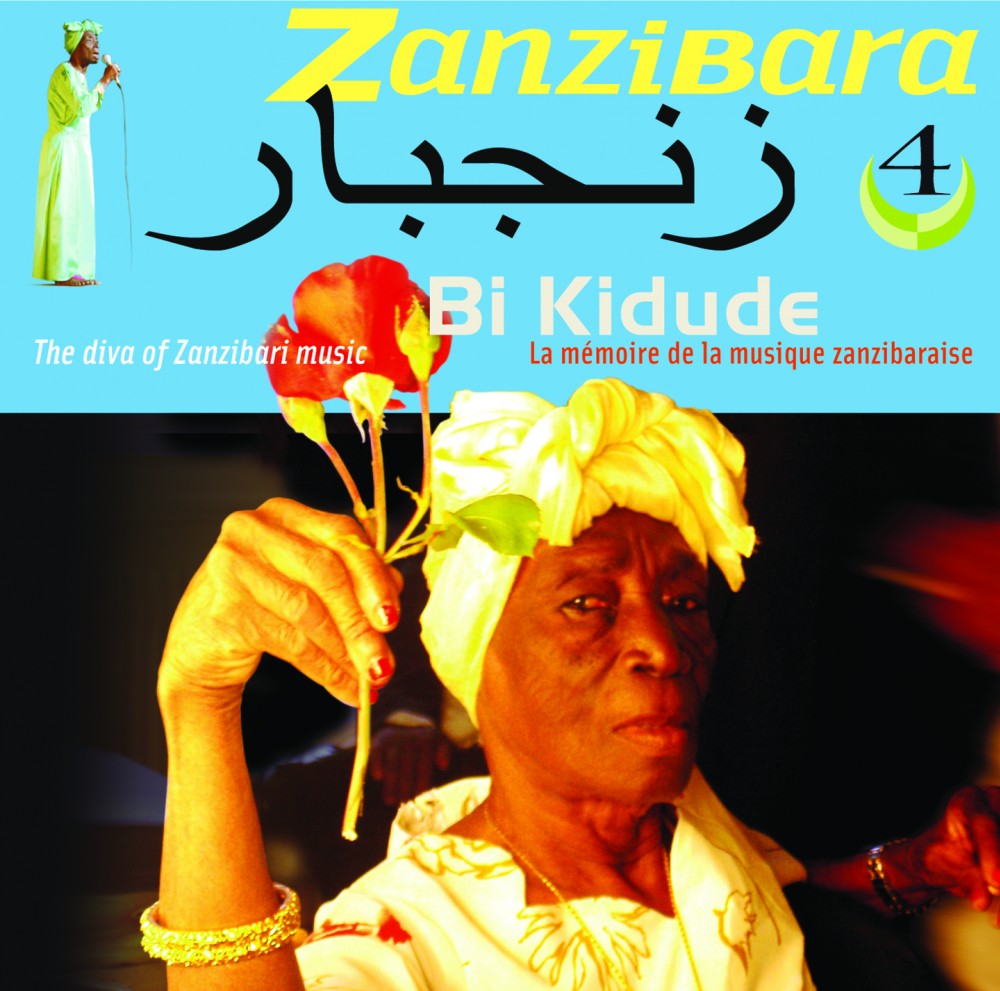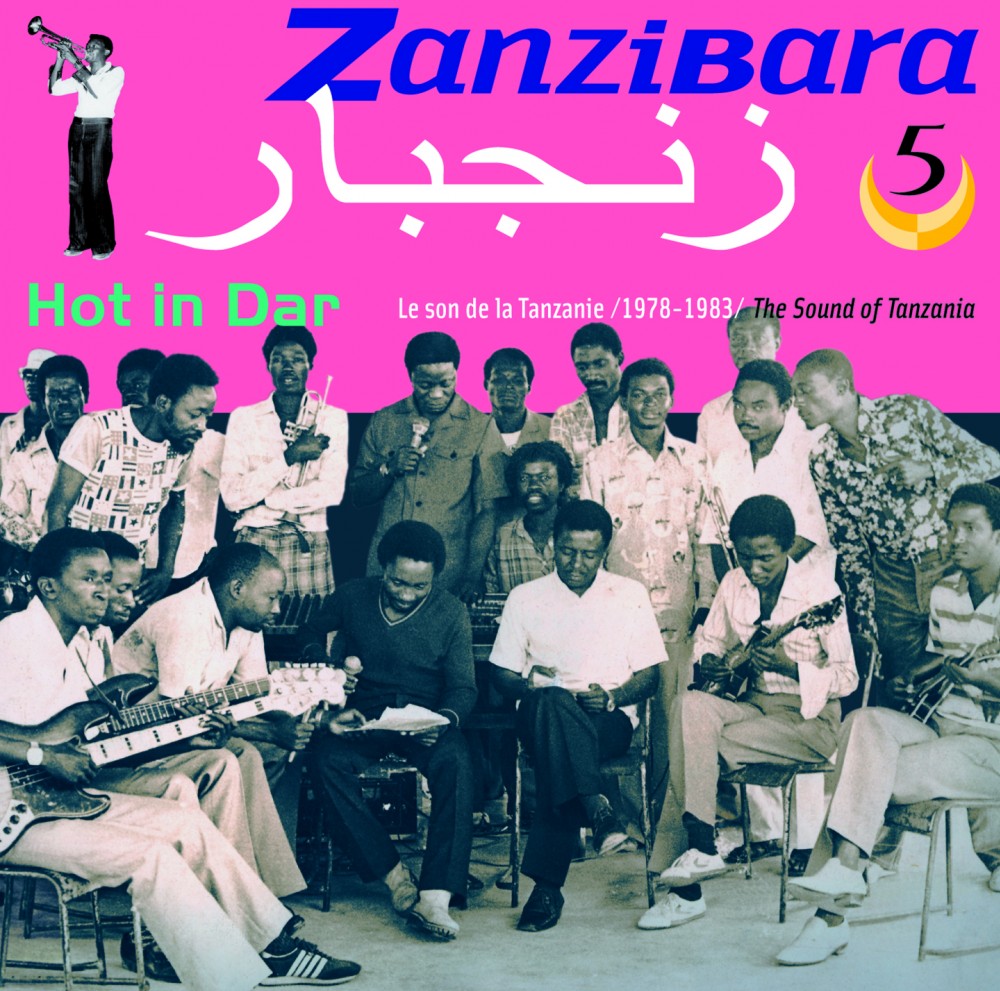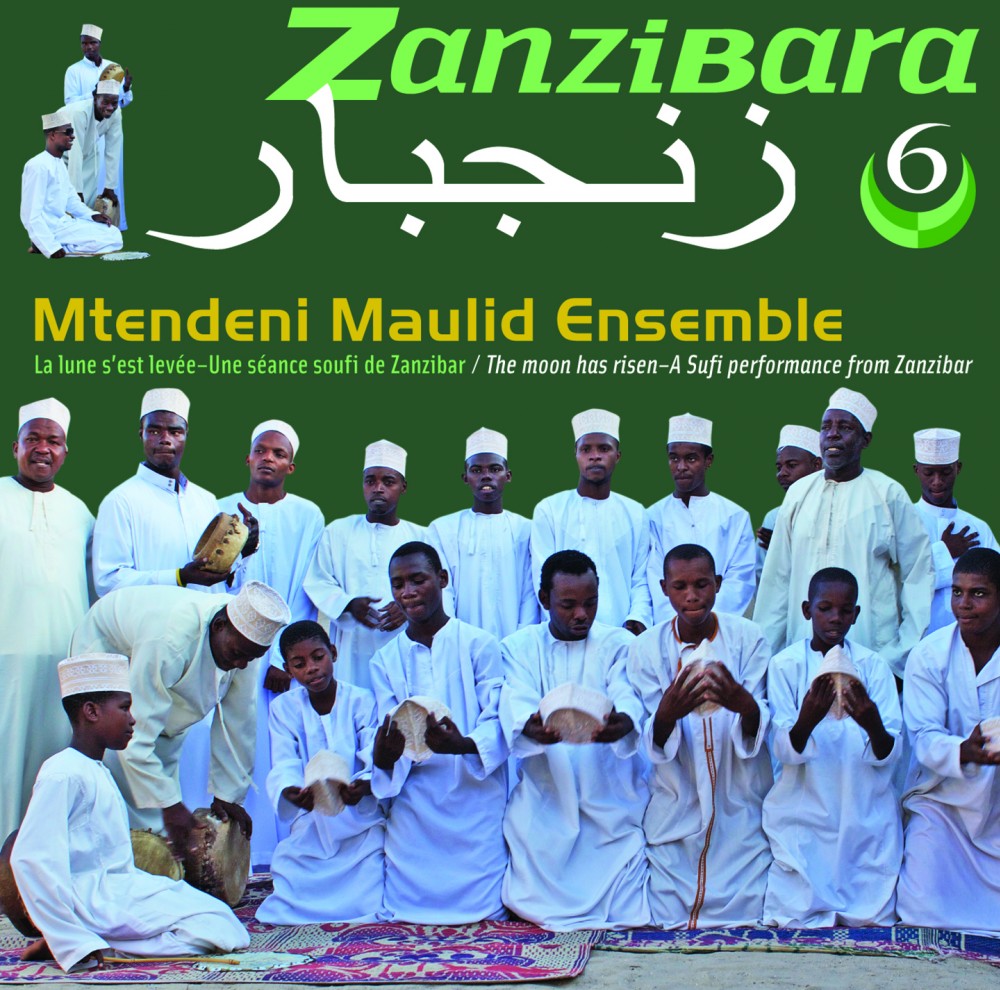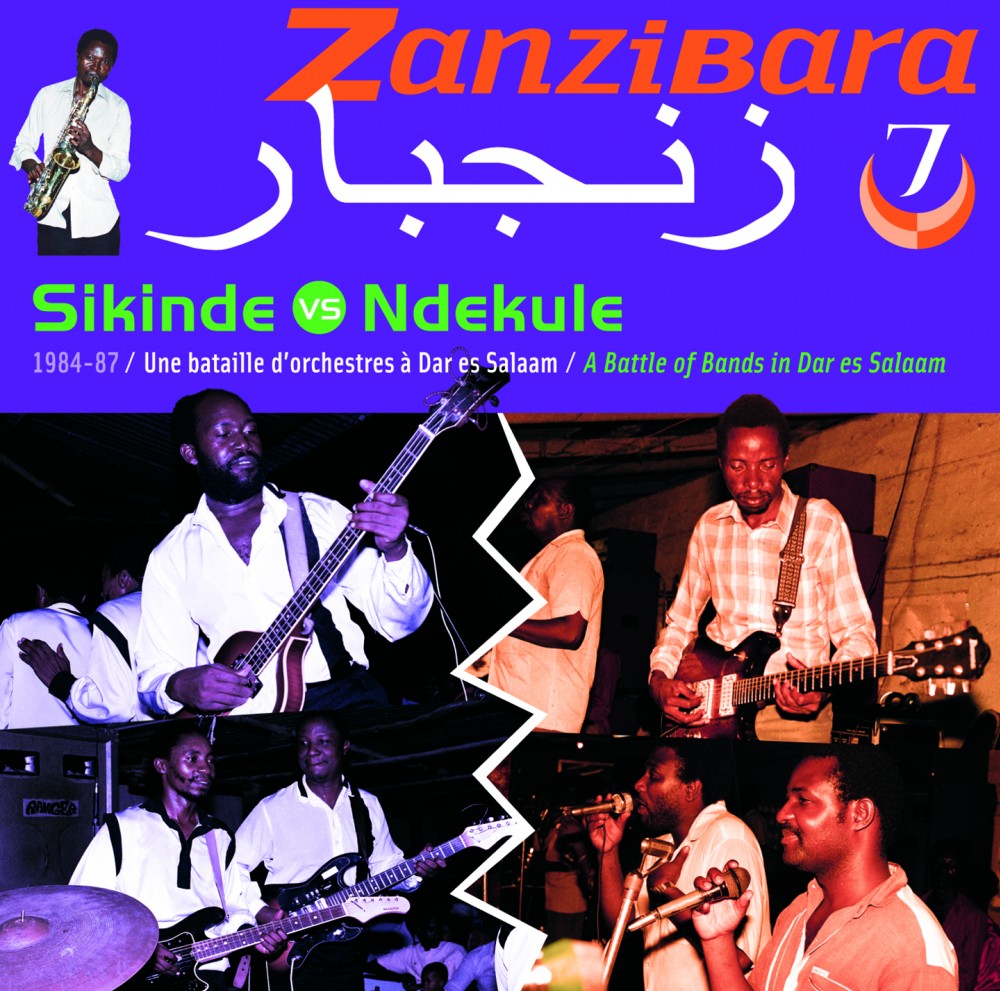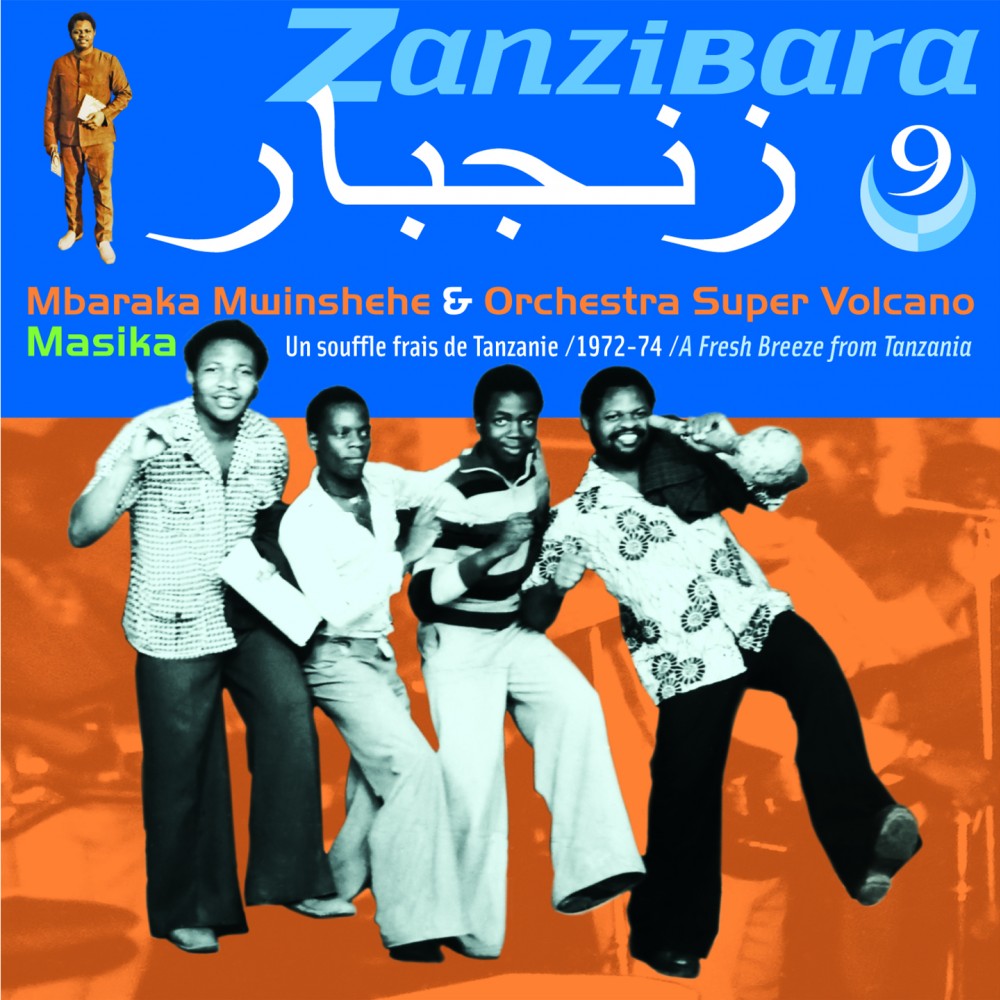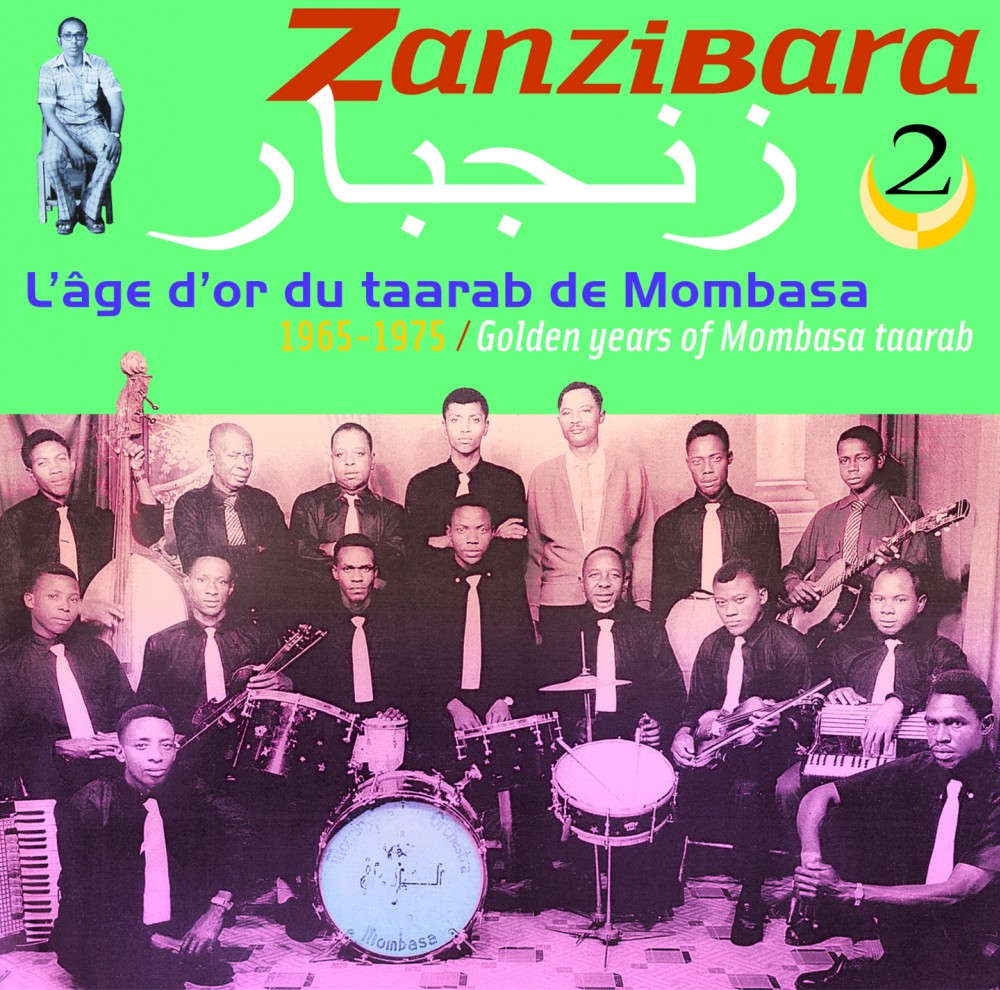Zanzibara 3 : The 1960'S Sound Of Tanzania
Zanzibara
The craze for dance music —musiki wa dansi — began in Tanzania in the early 1930s. Cuban rumba records were all the rage and the urban youth organized themselves into 'dance clubs' like the Dar Es-Salaam Jazz Band founded in 1932. A legacy of the earlier brass band fashion, the earliest instrumentation added brass instruments to a layer of local drums. Strings followed —violins, banjos, mandolins and guitars… The recordings in this collection date from 1968 to 1973, in many ways a transitional period for the country. The Arusha Declaration of 1967 paved the way for the country's policy of an African socialism based on values of 'family/community', as illustrated by the term.
is generally sweet andd laid back if compared to dance music from neighbouring Kenya or Congo, possibly an extension of the laid-back Tanzaniann life in the 1960s/70s. It is generally built on a bed of two to three guitars and bass guitar, with drums, congas and other percussion having just basing time keeping and colouring functions. The lylrics are usually sung by a chorus rather than a single lead voice, horn sections of trumpets and saxophones punctuate the vocals.
